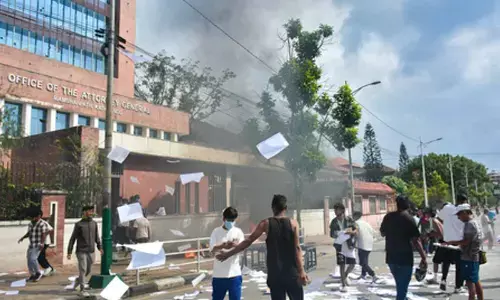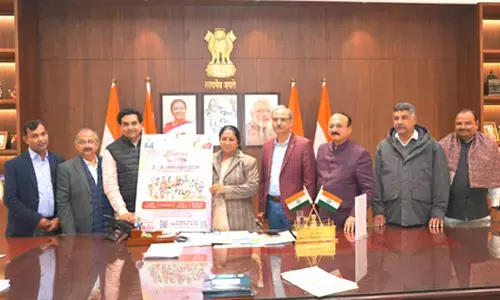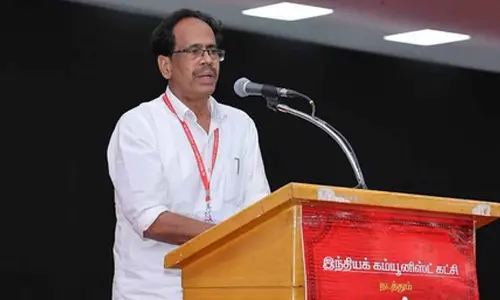Final Solution: A film on politics of hate

Final Solution: A film on politics of hate. It is that time of the year again when much-debated issues in public domain keep resurfacing.
It is that time of the year again when much-debated issues in public domain keep resurfacing. The 2002 Gujarat riots have constantly occupied media space and have been debated, nationally and internationally, over the past decade and more. With Chief Minister of Gujarat Narendra Modi, now aspiring for the prime minister’s slot, a throwback to his first term as CM and the horrible incidents that took place then assume recurring importance, however disputed it may be.

‘Final Solution’, a film set during that period is one such effort. Directed by Rakesh Sharma and basing itself on an 18-month period between February 2002- July 2003, this film, set in two parts, was screened at Lamakaan on Friday. Sharma, an erstwhile assistant to Shyam Benegal, started his career in 1986 and has continued on with the industry ever since.
Final Solution was banned in India by the censor board for several months. The ban was recently lifted after a sustained campaign (an online petition, hundreds of protest screenings countrywide, multi-city signature campaigns and dozens of letters to the Government sent by audiences directly). It was rejected by the government-run Mumbai International Film Festival and was screened at Vikalp: Films for Freedom, organised by the Campaign Against Censorship. Rakesh Sharma has been an active member of the Campaign since its inception.
His film, as Rakesh calls it is ‘anti-hate or violence as those who forget history are condemned to relive it.’ The publicity material for the film depicts it as split into two parts.
Part 1- Pride and Genocide- deals with the carnage and its immediate aftermath. It examines the patterns of pre-planned genocidal violence (by right-wing Hindutva cadres), which many claim was state-supported, if not state-sponsored. The film reconstructs through eyewitness accounts, the attack on Gulbarg and Patiya (Ahmedabad) and acts of barbaric violence against Muslim women at Eral and Delol/Kalol (Panchmahals) even as Chief Minister Modi traverses the state on his Gaurav Yatra.
Part 2- The Hate Mandate- documents the poll campaign during the Assembly elections in Gujarat in late 2002. It records in detail the exploitation of the Godhra incident by the right-wing propaganda machinery for electoral gains. The film studies and documents the situation months after the elections to find shocking faultlines – voluntary ghettoisation, segregation in schools, formal calls for economic boycott of Muslims and continuing acts of violence.
Despite adequate publicity and a topical theme, the crowd support somehow was very poor for this 218- minute film, as only a handful of people sat up and watched the show. Ironically, the ‘open cultural space’ as Lamakaan calls itself was seeing more people out in the open, busy with themselves, rather than familiarising themselves with one of the turbulent phases of Indian history. Strange!
Next Story
















